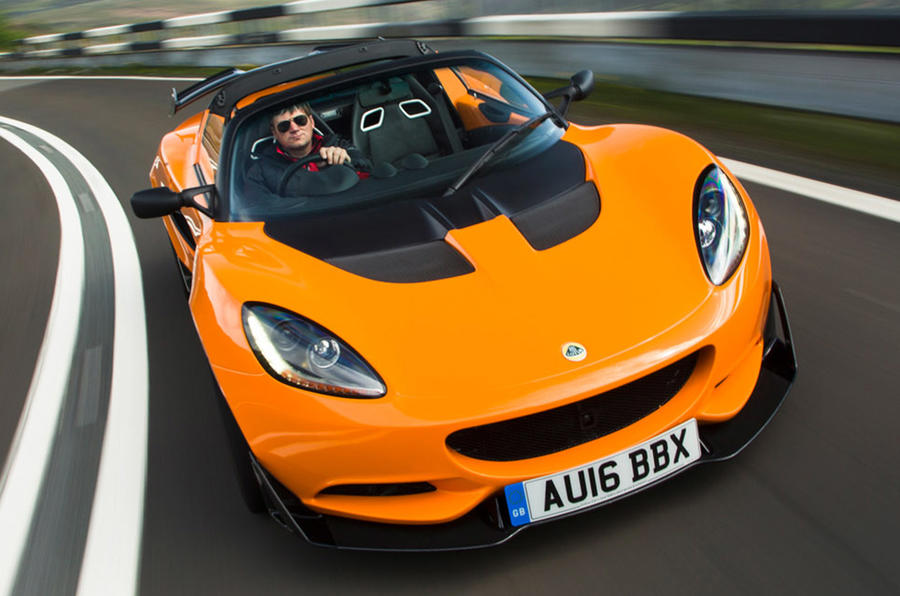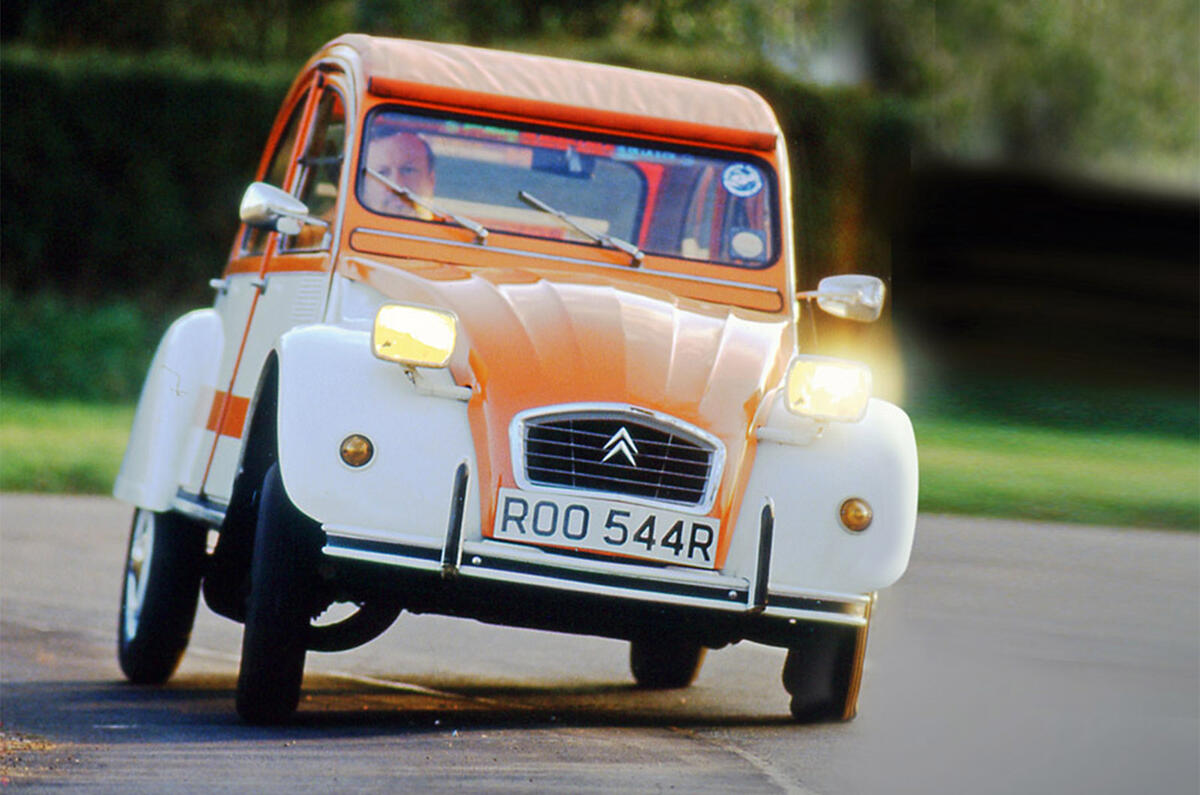Andrew spins a superb yarn but also, I have to say, an unsurprising one. The cars you’ve just read about are mid-engined Porsches. Of course they are going to be fabulous to drive when boiled down to basic dynamics. And yet not everyone has £70,000 to hand, so what exactly is the ‘feelgood factor’ that the 718 Caymans deliver so squarely, and where can you find it further down the food chain?
First, the ‘what’. Feelgood factor can be defined as either the broader automotive experience or something specific within it that makes you smile, outwardly or otherwise. It’s literally that simple. This could be the endearing demeanour of a certain car (Citroën 2CV, Honda E) or it might be sentimental (your parents’ old BMW 323i, now yours), but today we’re focusing on physical sensations and mechanical goings-on.
Of which there are many. Some are easy to comprehend. Light cars with fine throttle response, from the Lotus Elise to the underrated 1.5-litre Mazda 2, offer a powerful sense of connection from the get-go. An excellent driving position is also quickly appreciable, as owners of the Toyota GT86 or Honda Civic Type R will know (and owners of the Honda will know the joy of well-weighted controls, too). I find that progressive and natural-feeling roll rates for the suspension then engender a sense of flow and inspire confidence in the driver, and the effect is even more pronounced when those rates seamlessly match with the steering response. It’s the reason why even a diesel-powered Alfa Romeo Stelvio SUV is sweeter to thread along a B-road than you might imagine. See also the new Ford Focus, which throws real adjustability into the mix even if you go for a basic 1.0-litre Ecoboost with the torsion beam.
So ergonomics, responsiveness and a smooth gait are all key elements. But good balance often underscores feelgood factor whether you’re in an Jaguar F-Type or F150. Despite its uninspiring hybrid motor, the latest Toyota Yaris (yes, really) is very well balanced as well as being pliant. It therefore feels fun and intuitive to sustain momentum by flinging it in to bends. It feels good.























Join the debate
Add your comment
Feel good factor, my little
Damned by faint praise?
"The refinement and cabin quality of bygone A3s really did give you a feelgood lift."
Zeddy wrote:
I get the impression from recent Autocar articles that certainly cabin quality on the latest A3 (and some VWs) is suffering from a bit of cost-cutting. No doubt to offset all the expense of group investment in EVs.
streaky wrote:
And to fund the extensive fines they are having to pay around the world